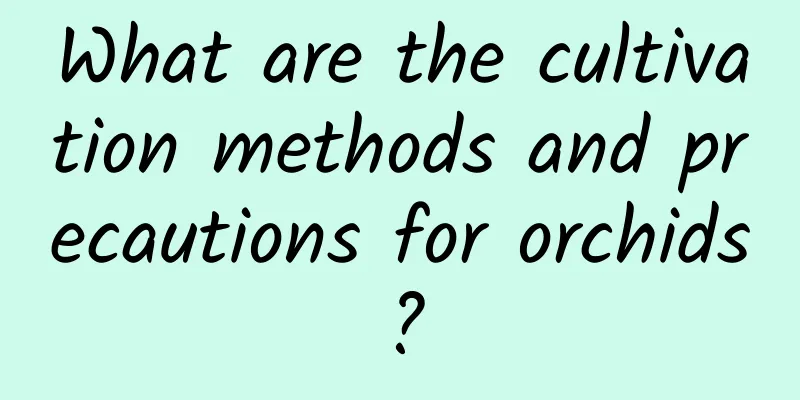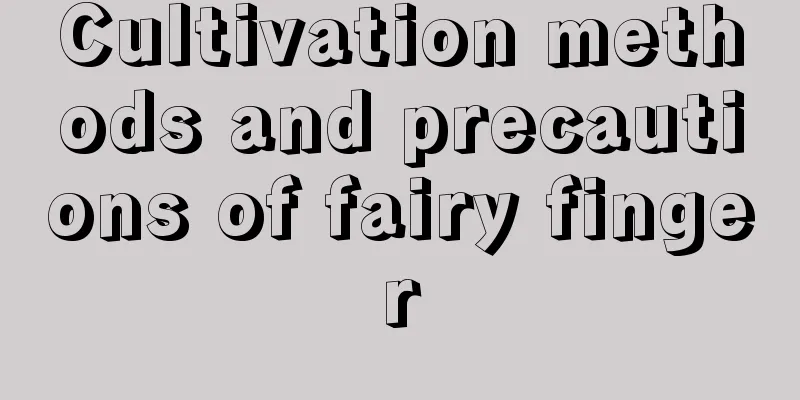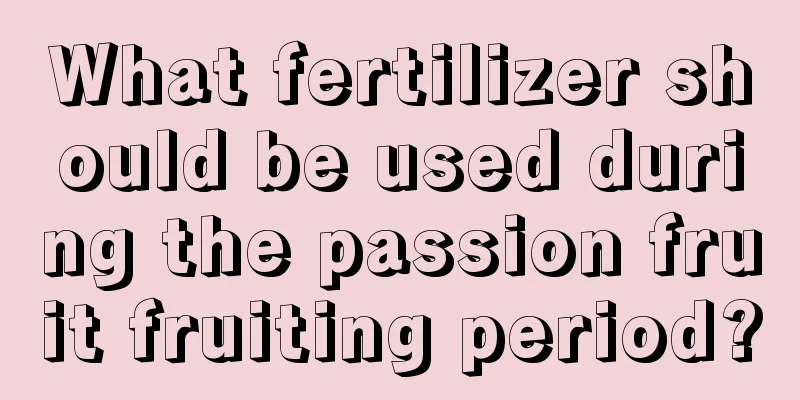How to plant potted roses

Pot soil preparation①Mix 70% garbage soil and 30% river sand. ②Mix 60% dry river mud and 40% honeycomb coal slag. ③Mix 70% garden soil, 20% honeycomb coal slag and 10% river sand. Time to pot: after leaves fall in early winter or before budding in early spring. Water and fertilizer managementPotted roses are restricted by limited potting soil, so they have strict requirements on fertilizer and water. ① Generally, compound fertilizer, which is convenient and hygienic, is preferred because compound fertilizer contains various elements, and nitrogen, phosphorus, and potassium are better matched. Apply about 20 grams per plant each time (not too much), use an iron tool to deepen the soil around the pot to about 10 cm, then apply the fertilizer and cover it with soil. ② Watering is one of the basic tasks in growing flowers, but it is also often the reason why the plants die easily. When watering, you should pay attention to the soil in the pot. Water thoroughly as soon as it is dry. Too wet can easily cause root rot. The soil in the pot should be changed every other year. When changing the pot, cut off the roots around the bottom of the pot. This will result in more, larger and more colorful flowers. Plastic pruningNormally, no pruning is required. For old plants, just trim away the dense branches, withered branches, and diseased and insect-infested branches. When roses bloom, pick them as soon as they fade, and they will bloom again after being picked, otherwise they will only bloom once. Scientific weeding: Since the seedlings are small, weeds are very easy to grow. Weeding should be done in time to ensure that the seedlings are not damaged and there are no weeds. Keep the soil loose. Fertilization is mainly with organic fertilizer, and topdressing is generally done four times a year. The first application of animal manure water is around the Qingming Festival, called germination fertilizer, and watering is done in time; the second application of animal manure water is in late April when buds are forming or before picking flowers, to make the buds more numerous and fuller; in May, biological organic fertilizer is applied, and overwintering fertilizer is applied in late autumn and early winter to ensure the safety of seedlings overwintering. After flowering in June and during the winter dormancy period, cut off old, diseased, insect-infested, and weak branches to allow new branches to grow. Careful prevention and control of pests and diseases must be carried out at all stages of field management. |
<<: How to Plant Roses in Autumn
>>: How to cultivate potted weeping angel
Recommend
The propagation method of Trichosanthes kirilowii
1. Seed propagation Collecting seeds: We can pick...
How to care for and water jasmine?
Jasmine is a relatively easy plant to care for, b...
How to take care of the newly bought iris
1. Watering The newly bought irises can be plante...
What is the difference between creeping grass and purslane?
1. Different varieties The creeping grass is also...
Can the Thousand-Handed Avalokitesvara Flower be grown at home?
1. Can it be placed at home? Whether Thousand-Han...
How often should I water my bluebells?
How often should I water my bluebells? In spring ...
The language and legend of Fritillaria
The flower language of Fritillaria The flower lan...
What are the habits of roses
1. Growth habits 1. Likes sunshine: Rose is a com...
How to trim the coral
When to prune the coral The coral reef is a succu...
The efficacy and function of Anemarrhena
1. Quench your thirst Generally speaking, this ki...
What should I do if I water the arrowroot too much?
How to deal with excessive watering of the feathe...
What to do if the Anthurium flowers turn black and wither
1. Replenish water in time (1) Specific reason: A...
Where do water spinach seeds come from?
Where do water spinach seeds come from? There are...
How to care for newly bought lucky bamboo
1. Pruning After buying it from the flower shop, ...
Green plum planting conditions suitable growth environment and planting area
Green plum planting conditions When planting gree...









